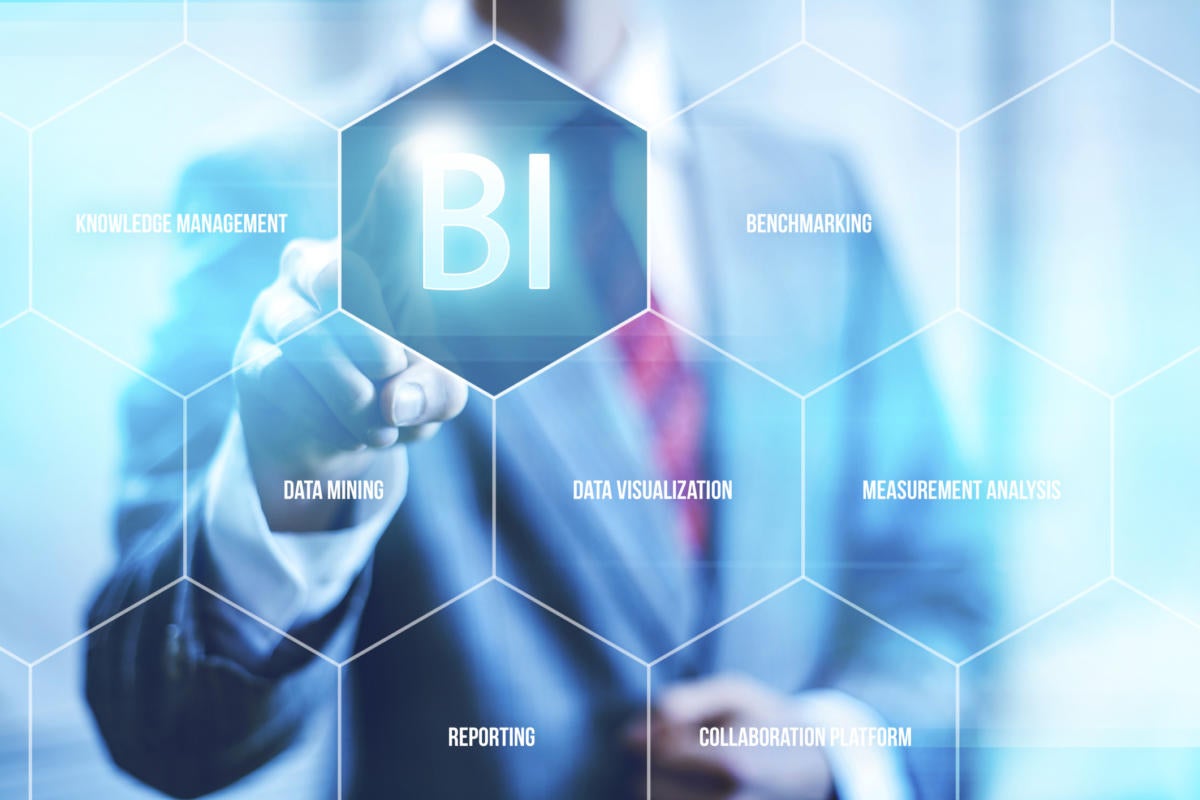Business intelligence (BI) combines business analytics, data mining, data visualization, data tools and infrastructure, and best practices to help organizations to make more data-driven decisions. In practice, you know you’ve got modern business intelligence when you have a comprehensive view of your organization’s data and use that data to drive change, eliminate inefficiencies, and quickly adapt to market or supply changes.
It’s important to note that this is a very modern definition of BI—and BI has had a strangled history as a buzzword. Traditional Business Intelligence, capital letters and all, originally emerged in the 1960s as a system of sharing information across organizations. It further developed in the 1980s alongside computer models for decision-making and turning data into insights before becoming specific offering from BI teams with IT-reliant service solutions. Modern BI solutions prioritize flexible self-service analysis, governed data on trusted platforms, empowered business users, and speed to insight. This article will serve as an introduction to BI and is the tip of the iceberg.














